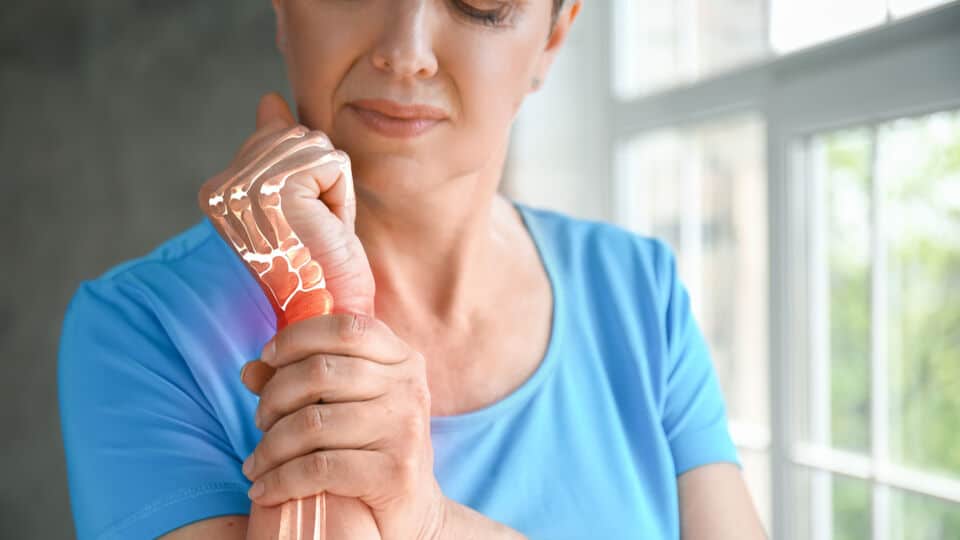Are You Consuming Enough Calcium?

Around 200 million women worldwide suffer from osteoporosis, a bone disease characterised by low bone density. Sufferers often have weak and brittle bones that fracture more easily compared to those of healthy adults. For those afflicted with osteoporosis, even a minor fall or bump may result in a serious fracture.
Osteoporosis is a growing health concern in Singapore, a country with its ageing population. Figures cited on the website of the Osteoporosis Society (Singapore) show that the number of osteoporotic hip fractures in women aged over 50 in Singapore increased five-fold in a span of 30 years since 1960s. The increase was 1.5 times for men in the same age group.
What is osteoporosis and how can we prevent it?
Like most conditions, there are usually no signs or symptoms of osteoporosis in its early stage. In later stages of the disease, one may experience a decrease in height or easily sustain fractures.
The risk of osteoporosis increases with age. Osteoporosis occurs when bone production is lesser than bone loss. The average adult reaches peak bone mass between the ages of 25 and 30. In women, bone loss usually occurs after age 5O, and age 65 for men.
Who is at risk of osteoporosis?
Post-menopausal women, elderly above 65 years old, smokers, underweight people, and those who consume excessive alcohol face the biggest risks of contracting osteoporosis.
During the onset of menopause, the amount of oestrogen in the body decreases. The loss of oestrogen which protects bones is linked to significant bone loss. Women can help protect their bones by adopting a diet high in calcium and vitamin D.
Getting adequate calcium
On average, healthy adults aged between 19 and 50 need 800mg of elemental calcium in their diet daily to maintain healthy bones. Those aged 51 and above should consume 1,000mg of elemental calcium daily. A national nutrition survey done by the Health Promotion Board in 2010 shows that the average Singaporean consumes 794mg of calcium daily.
Sources of calcium
Part of a balanced diet is one that includes calcium-rich foods such as dairy products, tofu, and dark green leafy vegetables. Foods high in Vitamin D include oily fish like sardines, tuna and salmon, and egg yolk.

Calcium supplements may be considered for some individuals who do not have a sufficient intake of calcium in their diet.
These supplements are available in several forms – calcium carbonate, calcium citrate, gluconate, lactate, and phosphate.
When selecting calcium supplements, pay attention to the supplement label and take note of the amount of elemental calcium (actual calcium contained in the supplement thatwill be absorbed by the body), as well as the calcium’s source. Labels will generally include the percentage of recommended daily intake that the supplement provides.
Before starting on new supplements, discuss this with your family physician – especially if you have an existing medical condition and are on long-term medication.
Staying active and healthy
Combating osteoporosis should start from young. Building strong bones during childhood and adolescence to achieve maximum bone mass is important in lowering one’s risk of osteoporosis during old age.
Apart from a well-balanced diet with sufficient calcium, engaging in weight-bearing exercises regularly, getting 15 minutes of sunlight exposure daily for the production of vitamin D, and limiting one’s smoking and alcohol intake can also help.



